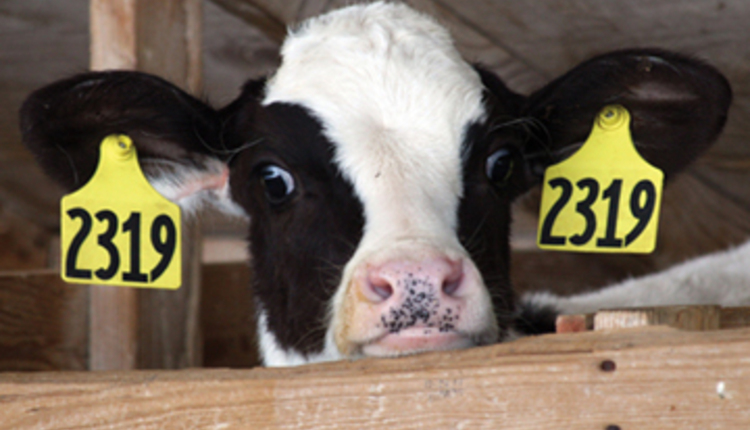Scott Nordstrom, D.V.M., has seen it happen over and over: He cuts the number of vaccinations calves receive and then watches them do better.


"One of the first things people need to recognize is there are over 50 different diseases you can vaccinate cattle for," says Nordstrom, Technical Services Director-Dairy for Intervet Schering-Plough Animal Health.
"Unfortunately, when people get into a problem they look outside for a solution and often times there is some sort of vaccine out there. Because they aren't necessarily 100 percent certain of what the cause is, they go ahead and throw in a vaccine. They often get into a situation where at the end of the day they have two or three or four more vaccines than they actually need and they might not have even gotten at the cause of the problem."
One particular example of where less can be better is gram-negative vaccines. "Thirty percent of the energy use in a baby calf is for immune function," he says. "If I dump a bunch of additional antigens into a calf then I'm asking that a bunch of additional energy be utilized by the calf in order to live – but there's not an infinite pool of energy and protein."
One of the biggest problem times with gram-negatives is after shipping. "If a group of heifers is shipped a long distance and is vaccinated upon arrival, they will have stress on top of stress, and that's when we'll see problems," he warns. "Besides being fatigued they're often dehydrated and have been without feed. Those animals should be unloaded and not handled until they acclimate to food and water and their stress and cortisol level aren't having depressed effects upon response."








